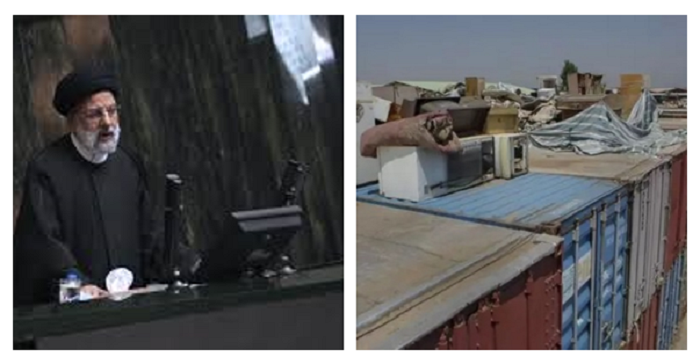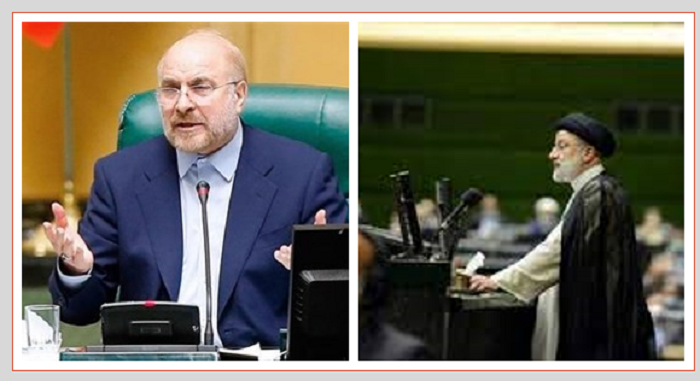

According to the state-run Faraz website, as of July 29, thousands of families have been left homeless, storing their belongings away or surrendering them entirely. Urban outskirts have now become makeshift homes for 20 million individuals. Astoundingly, the average housing price has skyrocketed by 250 percent within two years, from 330 million rials per square meter to a staggering 780 million rials.
The harrowing ripple effect of this crisis is evident. Many families, incapable of affording even basic rental units, are forced to revert to their parents’ residences or move to smaller cities. A considerable number are resorting to storing their possessions in deteriorating iron containers around Tehran.
On July 30, Tejarat News spotlighted this distressing trend, revealing that families often abandon their belongings after failing to meet storage container rent beyond the first month. Thus, many are compelled to relinquish treasured household items, emblematic of the deepening despair.

On July 6, Faraz unveiled an “eight-month concealment of housing statistics.” Following suit, Hamamihan reported that, as of July 31, housing statistics had been withheld by major agencies since the previous December.
Attempting to assuage the growing unrest, Raisi introduced a plan to construct “25-meter houses.” This, however, was met with skepticism and derision, especially in light of his unfulfilled housing pledges. Eghtesad News criticized the proposed “matchbox houses,” highlighting their insufficiency in improving living conditions.

The gravity of the situation is exacerbated by the regime’s affiliations with the housing mafia, comprised of banks and entities linked to the IRGC. This collision, combined with rampant public resource misappropriation, has rendered housing nearly unattainable for workers, laborers, and the nation’s youth. For those born in the 1990s, homeownership seems a distant dream, necessitating an improbable 166 years of wealth accumulation.
These challenges, as anticipated by the Iranian Resistance, deepen the rift between the regime and its people. The government’s glaring failures, in its pledge to stabilize the exchange rate or deliver housing, have incited a notable fraction of the Majlis, who once championed Raisi, to demand his resignation in hopes of averting further calamities.

MEK Iran (follow us on Twitter and Facebook), Maryam Rajavi’s on her site, Twitter & Facebook, NCRI (Twitter & Facebook), and People’s Mojahedin Organization of Iran – MEK IRAN – YouTu







